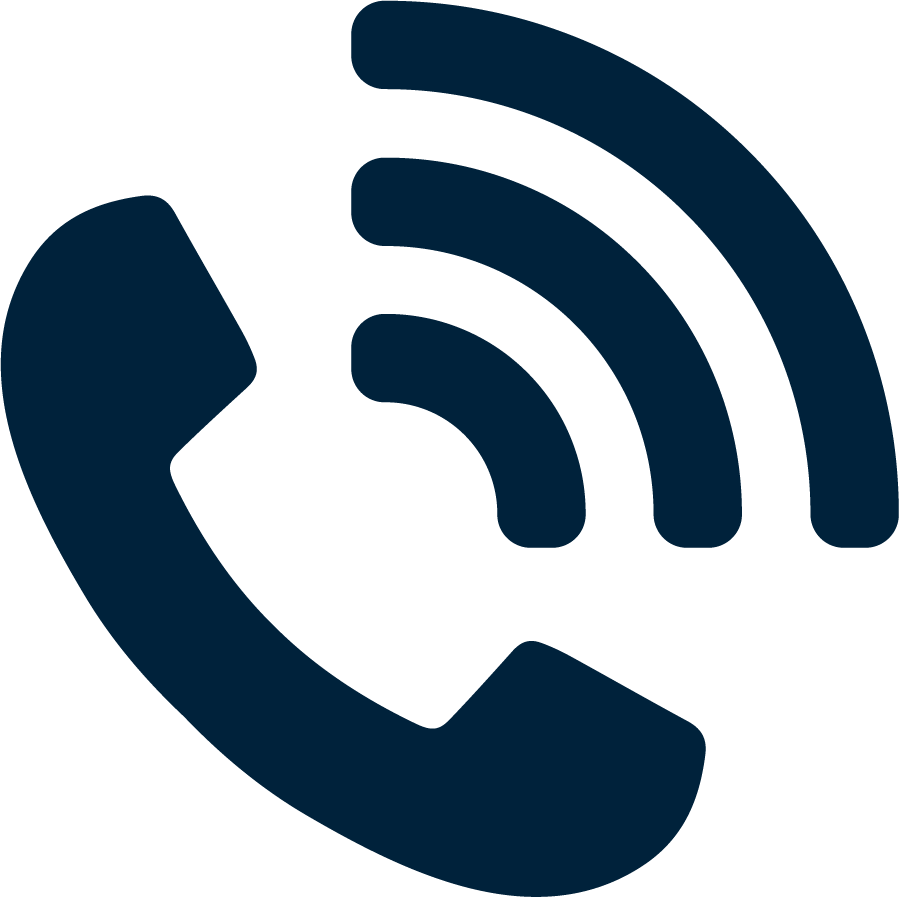Home » LASIK Eye Surgery » FAQs
Don’t see your question? Contact us if you have more questions.
Patients undergoing LASIK can usually return to work in one to two days. Patients having PRK usually require three to five days due to slightly longer healing. An individual’s experience may vary however depending upon your body’s healing process and the type of work to which you are returning.
Patients having LASIK may experience a pressure sensation during flap creation that can be uncomfortable for some. There is no pain during the laser procedure itself for patients having LASIK or surface treatments. In the days following the procedure patients undergoing LASIK or surface treatment can experience some discomfort, foreign body sensation or mild to moderate pain.
These symptoms are usually well tolerated by most patients and can, when needed, be treated with eye drops or oral analgesics. The symptoms can last longer for patients having PRK. Most patients report minimal if any pain with the procedure.
All patients who have laser vision correction to improve their distance vision will have to wear reading glasses after age 44 to 45. It is normal for a healthy eye with good uncorrected distance vision to lose near vision with age. Laser vision correction can improve your near-sightedness, far-sightedness and astigmatism but unfortunately it does not stop aging! So whether you’re 35 when you have laser vision correction or 50, don’t expect that you’ll be the lucky one to miss out on the need for reading glasses after your mid-40s.
Some patients can become very fixated on numbers after surgery thinking that if they don’t see 20/15 or 20/10 that their surgery was a failure or that if they are 20/25 or 20/30 that there was a problem. It is important to understand that not everyone will have 20/20 uncorrected vision in both eyes after surgery.
Instead it is much better to remember the purpose of having laser vision correction is to reduce dependency on glasses and/or contacts. Provided that a patient’s uncorrected vision is better than 20/40, about 2% of patients having laser vision correction will need to have an enhancement usually due to a small under or over correction caused by the laser.
Our laser vision correction coordinator will go over with you in greater detail the cost of surgery, the financing options available to you, as well as what is included with your treatment in consultation with you. There is no charge for this consultation.
Yes. There is now however a surgery available to improve near vision with or without prior LASIK called the Kamra Inlay. Another option is custom monovision treatment which may lessen the need for reading glasses. However loss of up-close vision is a natural aging process for all of us and is unavoidable.
Any near-sighted patient who is more than 45 years old who values his or her near vision more than far vision should probably reconsider proceeding with the laser vision correction for distance only.
We have the newest, most up-to-date lasers and laser vision correction equipment in El Paso. We can provide the widest array of treatment options. All of our lasers are permanently located on site and are not leased from a company that transports the lasers from city to city. Laser vision correction was part of Dr. Foote’s training during residency.
We take a conservative approach and consider patient safety our top priority.
It is normal for patients undergoing eye surgery for any reason whether cataract surgery, laser vision surgery or other eye surgeries to experience dry eye syndrome after surgery. For most patients the symptoms are brief lasting several weeks but often can last several months. Occasionally some patients may have long-term dry eye syndrome. This is particularly problematic for us here in El Paso given our arid climate. Fortunately most patients’ symptoms resolve however some patients can experience long-term dry eye syndrome which may require use of artificial tears or other medicated eyedrops.
It is not uncommon for some patients to experience halo and glare after laser vision correction. Studies indicate that fewer patients report problems with halo and glare after surgery than prior to surgery. However some patients may have more halo and glare after surgery while others may have less.
Under-correction or over-correction after surgery is probably the most frequent problem encountered after laser vision correction. The over- or under-correction is significant enough to require an enhancement in approximately 2% of patients.
Rare but serious complications can include infection, corneal ectasia (a progressive weakening and bowing of the cornea) or unmasking of keratoconus (a rare corneal condition causing a misshapen cornea). Other complications though rare can occur. Your physician will discuss these with you further at the time of your consultation.
Michael W. Foote, M.D. Board Certified Ophthalmologist

©2025 Sun Laser Vision Center.
Designed by Glacial Multimedia.
If you are using a screen reader and are having problems using this website, please call 915-545-2010.
Back to Top



